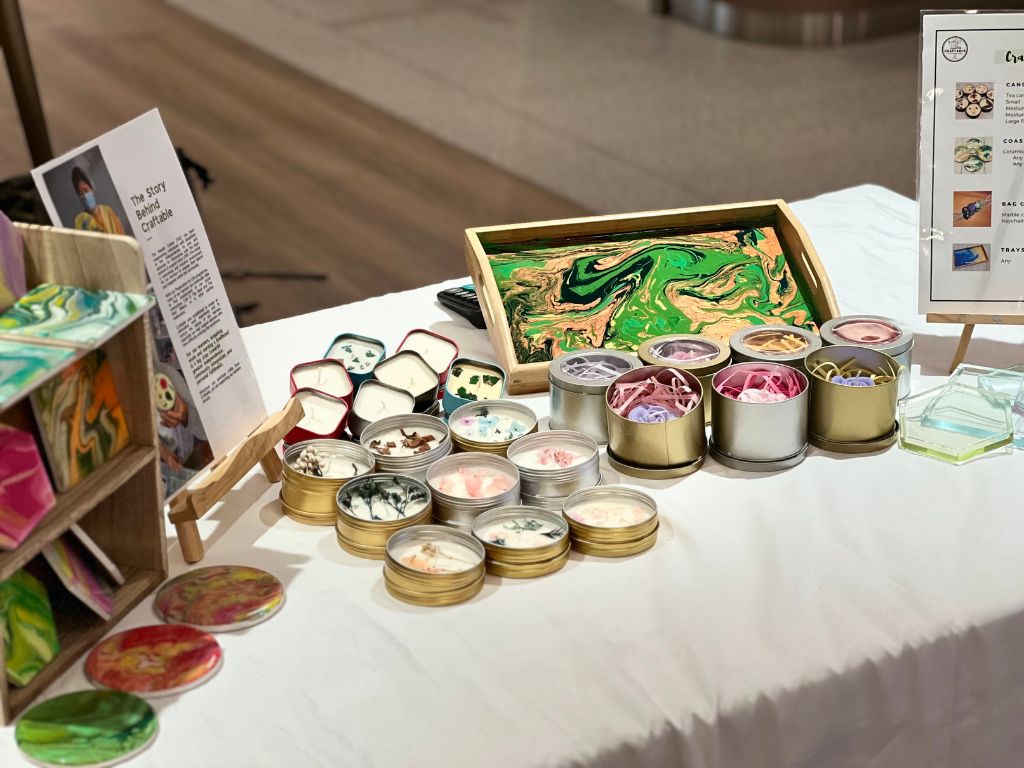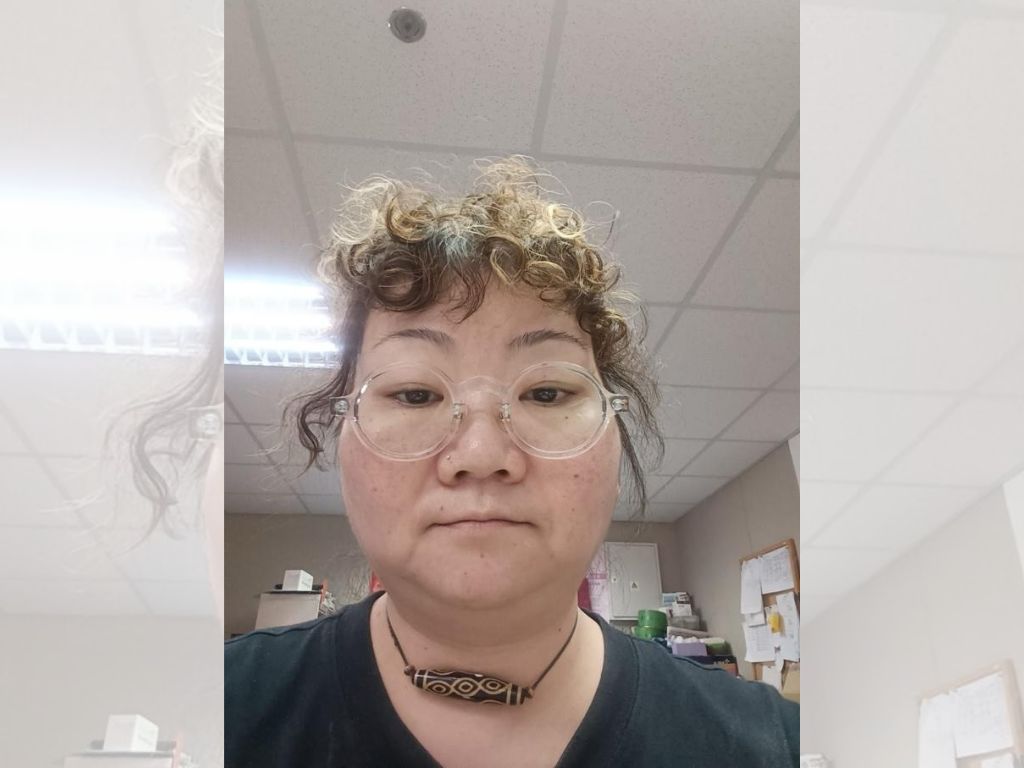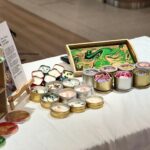Art Exhibition
Dream Rooms Environments by Women Artists 1950s-Now , M+
- Author/ Katie Dowson
Share
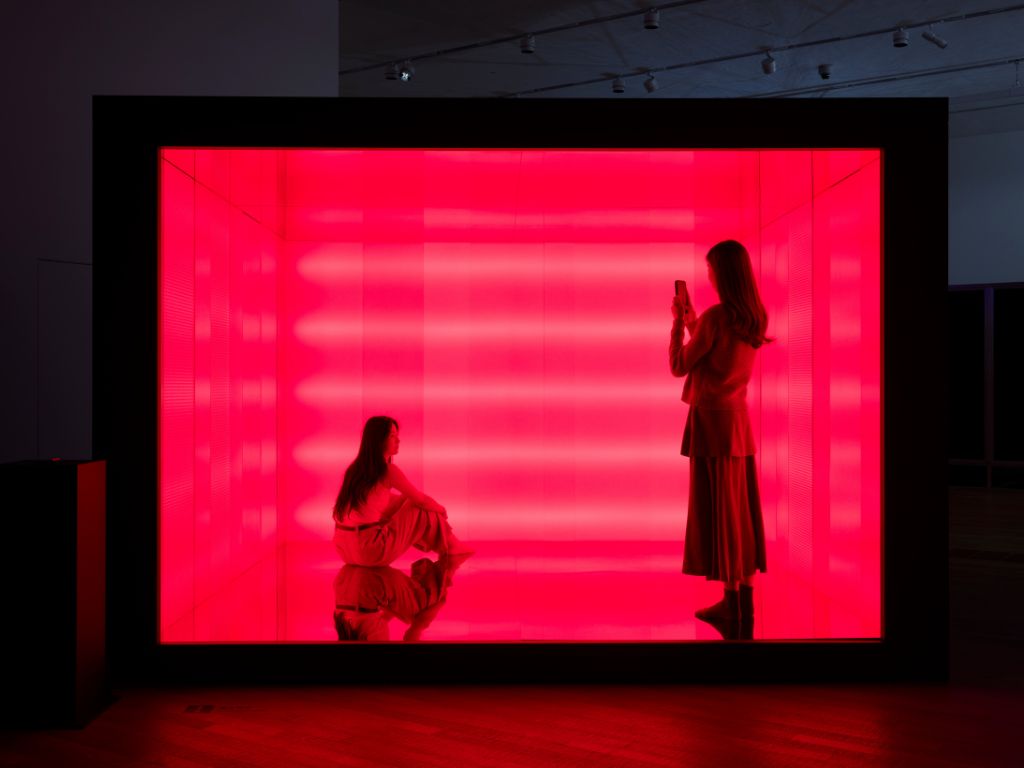
Dream Rooms: Environments by Women Artists 1950s–Now opened at the M+ Museum on September 20, 2025. The exhibit features installation works by 12 female artists from Asia, Europe, North America, and South America. Historically, installations by male artists were the primary focus of the artistic world, something that this exhibition aims to address and rebalance. Thematic connections across the exhibit are formed naturally due to similarities in subject matter that encapsulate the overarching ethos of women’s perspectives. Its overriding message is that “art is experienced and understood through both the mind and the body.” The exhibit was initially designed by the German museum Haus der Kunst München in 2023, with many of the works featured being full-scale reconstructions, due to the often temporary nature of the installation medium. For the Hong Kong exhibit, M+ commissioned three additional works by Asian female artists: Pinaree Sanpitak, Chiharu Shiota, and Kimsooja.
The impressive capacity of M+’s West Gallery and the dedicated numbered ‘zones’ for each artwork give the viewer ample space to process the concepts of each artwork before travelling on to the next. Quotes by each artist, displayed next to their respective works, are a nice touch and offer insights into the artists’ headspaces at the time of creation. Several house rules are implemented for safe immersion into the spaces, and viewers will find themselves walking through the exhibit in just their socks, with instructions on how to engage with each artwork in a delicate manner.
Three subjects related to the spectrum of human experience are identifiable in the West Gallery installations: the life cycle, the senses, and our living surroundings.

Beginning with those installations based around human life cycles, Aleksandra Kasuba’s 1975 work, Spectral Passage, consists of linked domes of stretchable fabric, each lit up with a different colour of the rainbow. Each segment is described by the artist as “a shelter for the soul” and is set up to lead you through the stages of life. As the viewer moves to fit themselves through the connected spaces, they will be treated to different movements from Gustav Holst’s The Planets, Op.32. With a tighter focus, Lygia Clark’s 1968 piece A casa é o corpo. Penetração, ovulação, germinação, expulsão looks solely at the intimate journey of conception through to birth. The viewer encounters physical obstacles such as pitch black compartments, movable objects, and hanging threads as they participate in the artist’s slightly claustrophobic recreation of the reproductive cycle. Similarly, Lea Lublin’s 1970 installation Penetración / Expulsión (del Fluvio Subtunal) also explores the reproductive system and childbirth. Visitors have to forcefully squeeze their way in and out of a tunnel that emulates the mechanisms of ovulation, complete with transparent PVC balls that represent the reproductive ovum. Complementary to this is Phalus Mobilis, suspended hanging tubes that move as you walk among them, acting as the male counterpart. Lublin was known to be provocative and aimed for “spectators to be a participatory element in the work.”
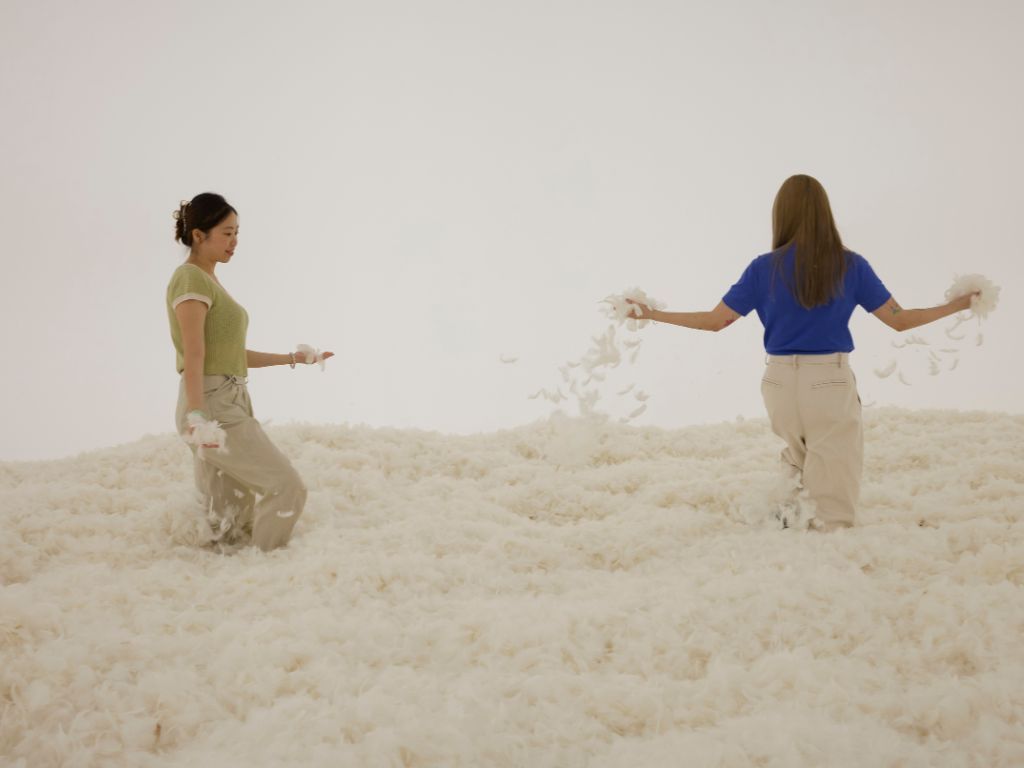
Moving on to the sensory installations, Laura Grisi’s 1968 artwork Venti di Sud-Est (Wind Speed 40 Knots) invites you to enter a dark container, to be buffeted with flurries of air. This mimics the sensation of wind and was “designed to bring atmospheric phenomena into interior spaces.” You are encouraged to imagine yourself in a natural setting, which comes quite easily when deprived of any visual distraction. In the gallery, a video presents Grisi’s research into wind speeds in various locations, featuring vigorous imagery. A polar opposite of this soothing experience is Tania Mourad’s 1970 piece We used to know. A commentary on her era’s treatment of women in the art world, it exists to trigger uncomfortable feelings in its audience. A tower releases both ultrasound and infrasound, surrounded by blinding spotlights that emit a forty-five-degree heat, which quickly becomes overwhelming. Next up is Nanda Vigo’s 1967 installation Ambiente cronotopico vivibile, the viewer’s perception and emotions are transformed by the changing colours of the cube space they stand in, its neon walls controlled by another person via external switches. Lastly in this category, Judy Chicago inspires childlike wonder with her 1966 work Feather Room. Materials such as cruelty-free goose feathers, fabric, and white LED lights create a heavenly wonderland. Entering the appropriately-named room, you find yourself knee deep in feathers. The softness of the space acts as “a counterpoint to the hard materials and sharp lines used in traditional sculpture and architecture, which were historically male-dominated fields.”

The first of the final two installations focused on our living surroundings is Pinaree Sanpitak’s 2017 towering work, The House Is Crumbling. It consists of thousands of colourful Thai khid pillows, which are used as building blocks to be tied and moved by attendees to create new structures. The nature of the artwork is ever-changing and demonstrates “how an individual can transform their surroundings with even the smallest actions.” The other installation working on a similar theme is Marta Minujín’s 1964 ¡Revuélquese y viva!. The artwork is striking and could be described as a time capsule of the 1960s, from the kaleidoscopic patterning of the construction’s fabric to the selection of The Beatles’ discography as an audio accompaniment. The music can be heard when sitting on the floor inside its comfortable mattress fort. A film is also on display in the gallery, documenting Minujín’s creative processes and work, helping viewers understand her methodology and practices further.
Dream Rooms: Environments by Women Artists 1950s-Now is on at M+ until 18 January 2026 (www.mplus.org.hk).
About the Gallery
M+ is Asia’s leading museum of contemporary visual culture, located in Hong Kong’s West Kowloon Cultural District. It focuses on visual art, design, architecture, moving images, and Hong Kong’s visual culture from the twentieth and twenty-first centuries. The striking M+ building on the Victoria Harbourfront was designed by Herzog & de Meuron with TFP Farrells and Arup. Spanning 65,000 square meters, it features 33 galleries, a Learning Hub, Moving Image Centre, Research Centre, and Roof Garden. The M+ Facade boasts one of the world’s largest LED screens, showcasing commissioned artworks against the Hong Kong skyline every evening. The museum has a diverse permanent collection, including the notable M+ Sigg Collection, one of the most extensive of Chinese contemporary art.
Share
About the Author

Katie Lee Dowson
Katie Lee Dowson is an artist and graphic designer based in Hong Kong. Her personal projects have explored a wide range of themes and subjects in formats ranging from analog illustration to digital collage. Currently, she is experimenting with artworks that focus on identity, mental health and folklore: @katieleedowsonart.
New Stories
Stay Up To Date
Want the latest insights and fresh content delivered straight to your inbox? Subscribe to our newsletter and stay updated with our exclusive content!
